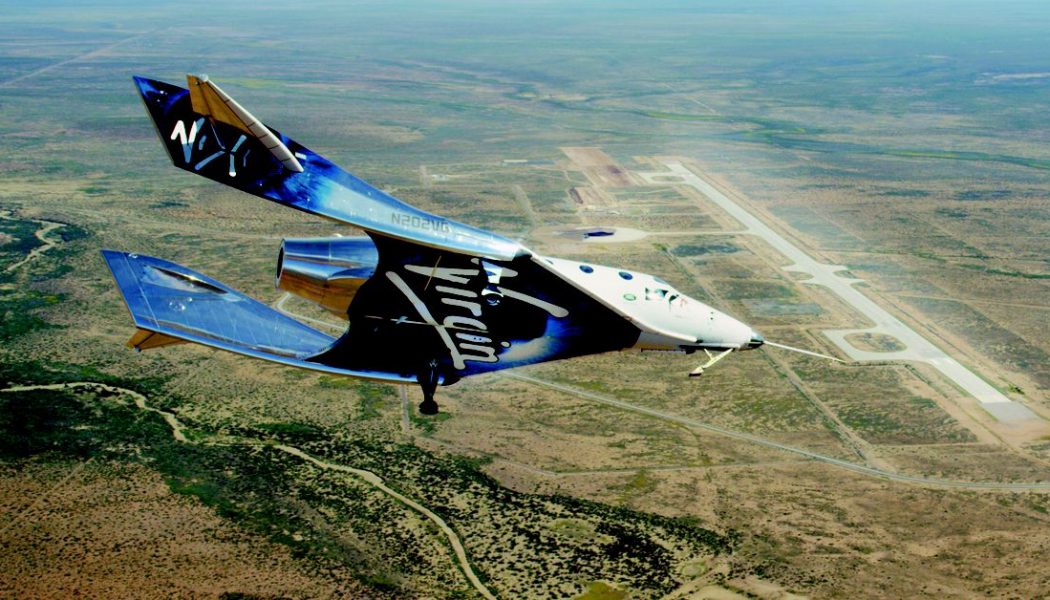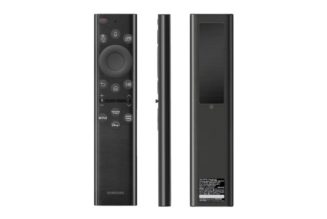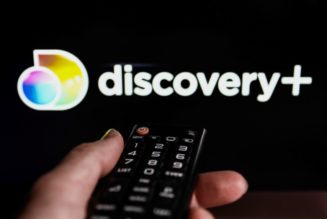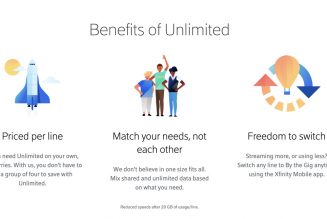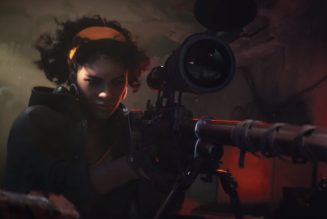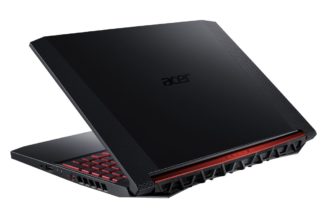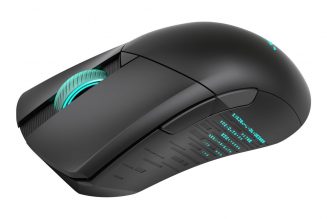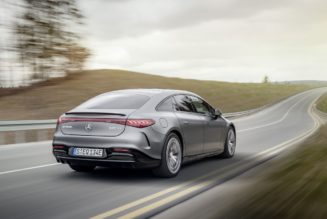
Space tourism venture Virgin Galactic lost $60 million in the first quarter of 2020, down from the $73 million net loss it suffered at the end of last year, according to the company’s earnings statement today. The company says it earned revenue of just $238,000 this first quarter by “providing engineering services.”
Along with these earnings results, Virgin Galactic is announcing that 400 people put down refundable deposits to fly on the company’s tourist spaceplane in the future. The full cost to fly on the vehicle is $250,000, but through a new initiative, Virgin Galactic allowed aspiring astronauts to put down just $1,000 to reserve a seat on a future flight. The company says those deposits represent “over $100 million of potential future revenue upon full ticket payment.”
Virgin Galactic is also announcing today that it is getting some help from NASA to develop future high Mach vehicles — or supersonic jets — that can potentially be used for high-speed air travel. Today, the company announced a new Space Act Agreement with NASA, which will leverage the space agency’s research in the field of supersonic air travel.
For the last two decades, Virgin Galactic’s primary goal has been to send paying customers to the edge of space and back to get a quick taste of weightlessness. The company’s primary vehicle is the VSS Unity, a spaceplane that deploys from underneath the wing of a giant carrier aircraft in midair. Pilots on board the spaceplane ignite the vehicle’s onboard engine to climb to an altitude 50 miles above the Earth, what many consider to be the boundary to space. At that height, passengers would experience a few minutes of floating before the plane glides back down to Earth and lands on a runway.
Though space tourism is Virgin Galactic’s ultimate focus, the company has expressed interest in expanding its capabilities. Virgin Galactic founder Richard Branson has talked about eventually developing point-to-point travel, which entails rocket-powered vehicles taking passengers from one point on the Earth to another. Point-to-point travel has been floated by other companies, too, notably SpaceX, but such technology is far from reality. And there are concerns about the feasibility of such forms of travel.
Developing supersonic aircraft could be an important step to making point-to-point travel happen, though. And NASA has a lot of experience with these kinds of high Mach vehicles, with decades of history developing aircraft to travel faster than the speed of sound. In recent years, NASA has also been working on a new “silent” supersonic jet called the X-59 QueSST.
Along with all of these announcements, Virgin Galactic said it was still unsure how the COVID-19 pandemic would affect the company. “The full impact of the COVID-19 pandemic on the company’s full year financial results and test flight program will depend on future developments, such as the ultimate duration and scope of the outbreak, the timing and impact of future stay-at-home orders and other government mandates, and the pace at which the company can resume normal course operations,” the company said in a statement.
Virgin Galactic CEO George Whitesides said that after pausing operations in March, the company took various safety precautions at the company’s facilities to allow employees to continue working. They required facial coverings, rearranged facilities to encourage social distancing, and tested up to 579 employees for the virus. “Over 90 percent of our employees, whose work requires them to be in the facilities, are now working back on site,” Whitesides said. “For the time being, we are encouraging those employees who are able to work from home to continue doing so while we develop our plans for the safe return of those workers to our facilities.”
The company has also been working on side projects to help fight the coronavirus pandemic, such as creating a breathing hoods to help provide oxygen to patients with COVID-19. Virgin Galactic also worked with NASA to develop enclosures for patients on gurneys, to help protect medical workers from the virus.
Despite the pandemic, Virgin Galactic is still looking ahead to its next test flights. So far, the company has only flown a total of five people to the edge of space and back on two test flights. The company recently did a glide flight with its plane at the company’s new permanent headquarters at Spaceport America in New Mexico, after moving there from their test facilities in Mojave, California. Virgin Galactic plans to fly at least one more glide flight before starting powered flights back up again.
Virgin Galactic doesn’t have a timeline for when the first passenger flights will begin. Before the pandemic, the company was targeting the first customer trip — with Branson — to occur this summer. Now the company is just focused on starting their powered tests back up again and Whitesides says they can continue to test throughout lockdowns if needed.
“We also remain focused on flying Richard Branson to space as soon as we can,” Whitesides said.
